Make a Gift Today!
Your donation provides personalized, timely support that students use to persist through college, graduate, and go far in life!
About Bottom Line
An Unwavering Partner to First-Generation Students
Founded in 1997 on the belief that students are more likely to succeed with personalized guidance throughout their college journey, Bottom Line has been a steadfast partner to thousands of degree-aspiring students from first-generation and low-income backgrounds. In doing so, we work to improve college access and graduation rates in under-resourced communities.
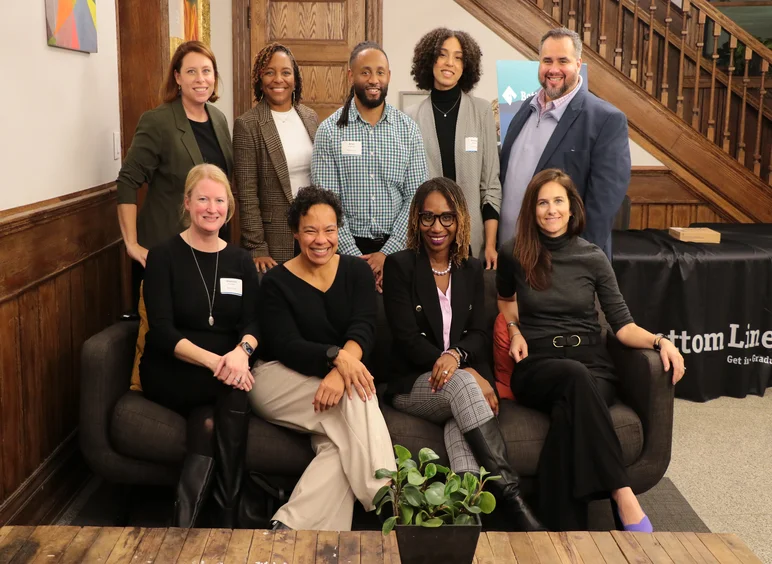
Making a Difference, One Student at a Time
For over two decades, Bottom Line has provided consistent, one-on-one support to help students navigate the challenges of accessing and succeeding in college. Through our Access Program, our Advisors work closely with high school students to build lists of best-fit, affordable colleges. Once students enroll at one of our 53 Target Colleges, our College Success Advisors continue supporting them for up to six years, ensuring they persist to graduation and successfully launch their careers.
The impact of our work is transformative: Bottom Line students, often the first in their families to earn bachelor’s degrees, typically earn over twice their family’s income in their first jobs after graduation.
Our Reach and Vision
Today, we proudly serve over 7,000 students through our three core programs—College Access, College Success, and Bluprint—across regional offices in Massachusetts, New York City, Chicago, and Ohio.
Our vision is to create a far-reaching ripple effect, launched by the transformative power of a college degree and a mobilizing first career, that uplifts individuals, families, and entire communities.
Our Commitment to Excellence
As a nearly 100% privately funded 501(c)(3) non-profit organization, Bottom Line is recognized for its transparency and impact with a 4-Star Charity Navigator rating and Platinum status from GuideStar/Candid.
A mobilizing first career powered by a college degree can create a ripple effect that uplifts our communities. To realize this vision and ensure that the right to a quality college education is accessible to the many, not just the few, Bottom Line serves as a relentless ally to degree-aspiring students from first-generation and low-income backgrounds as they get into college, graduate, and go far in life.
We work to examine and change our internal practices, structures, and policies to realize educational equity for all Bottom Line students. As we do so, we actively examine our roles in perpetuating inequitable systems.
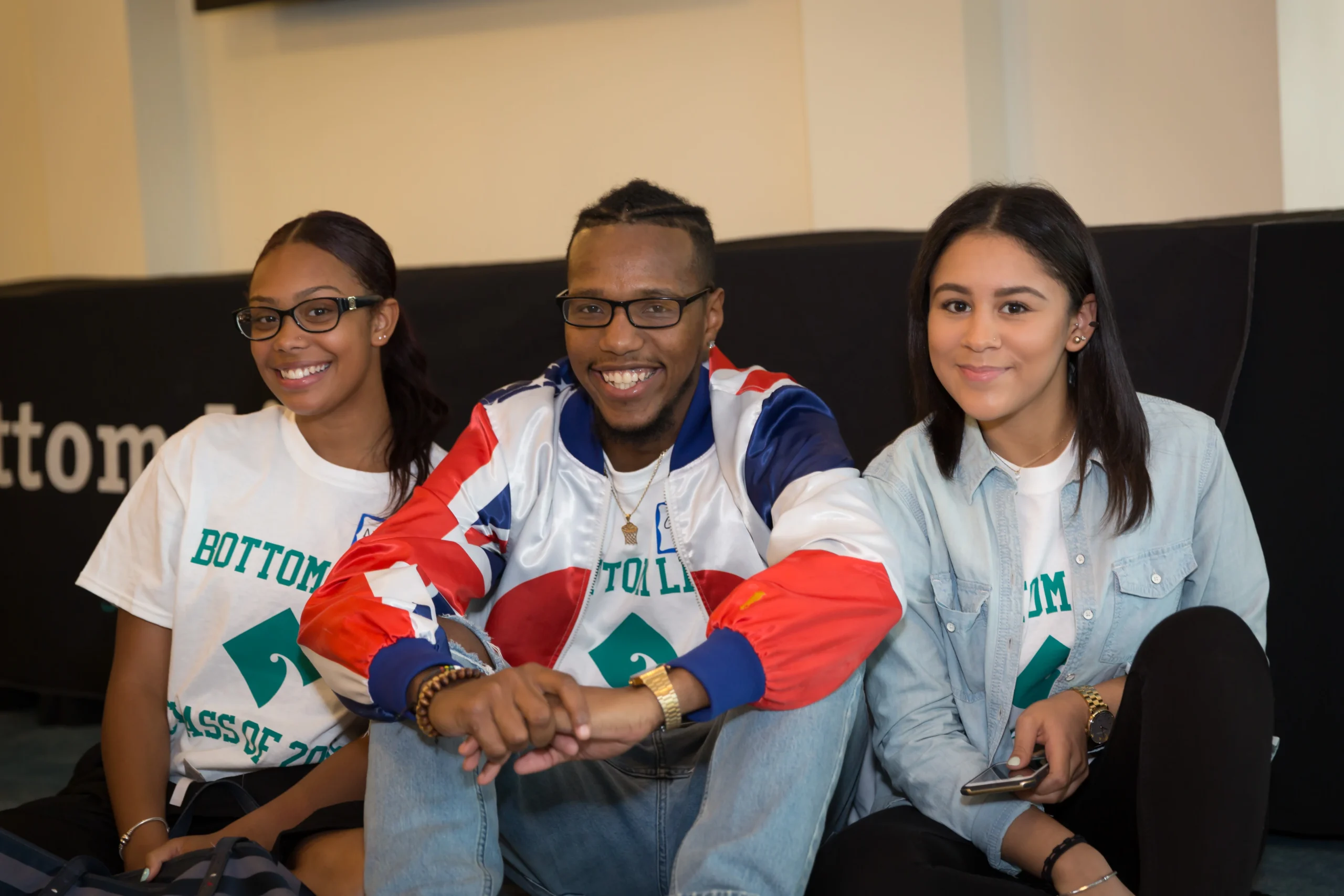
We are committed to building strong, impactful relationships with our students, co-workers, schools, community partners, donors, and other supporters. We are engaging, responsive, caring, direct, honest, solutions-oriented, and we always follow through on our promises. We act with empathy and extend grace to ourselves and each other.
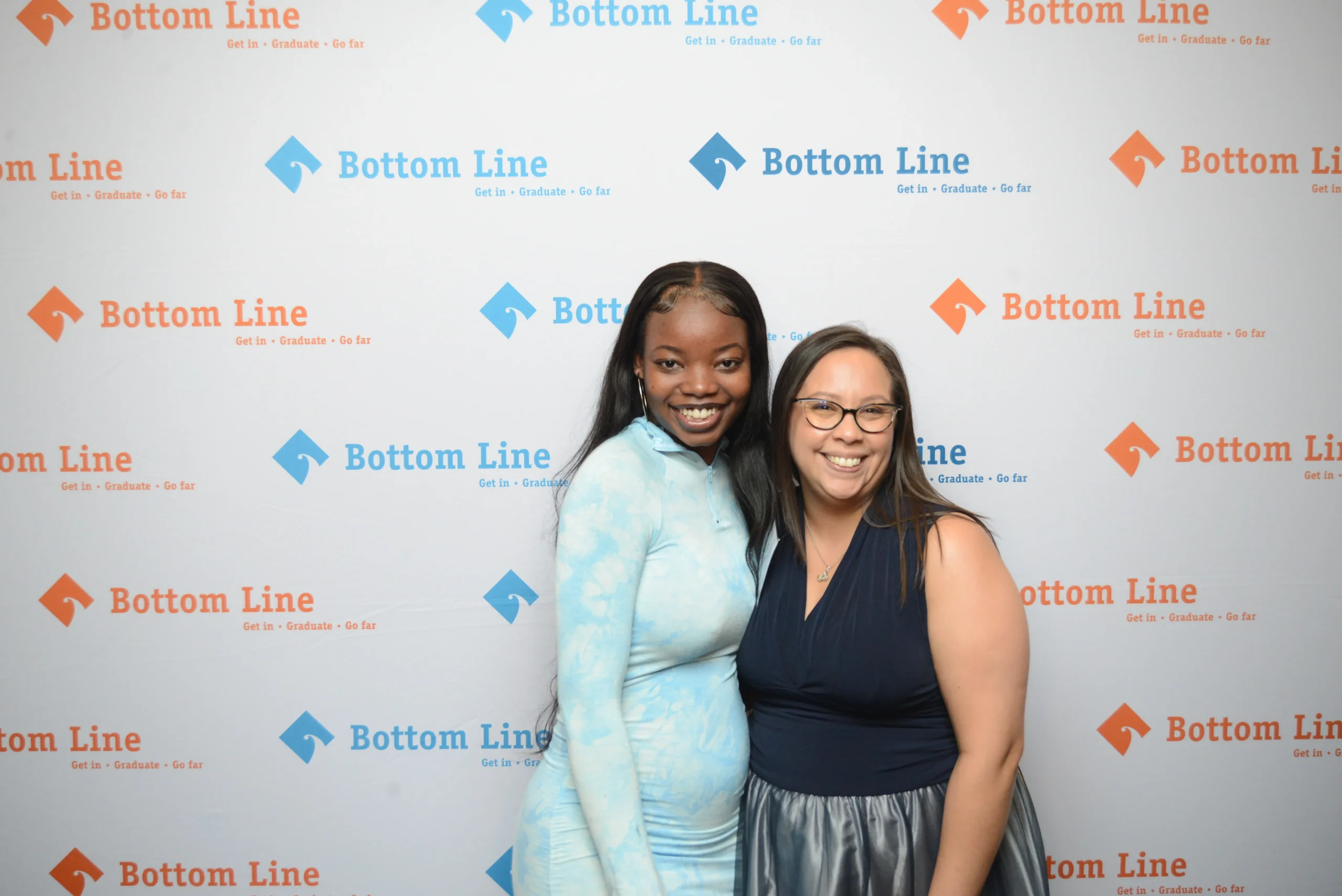
We are relentless in pursuit of our goals, and we expect the same from our students. With each other and our students, we work to resolve every problem, answer every question, and explore every option. We see every challenge as an opportunity to think expansively about solutions.
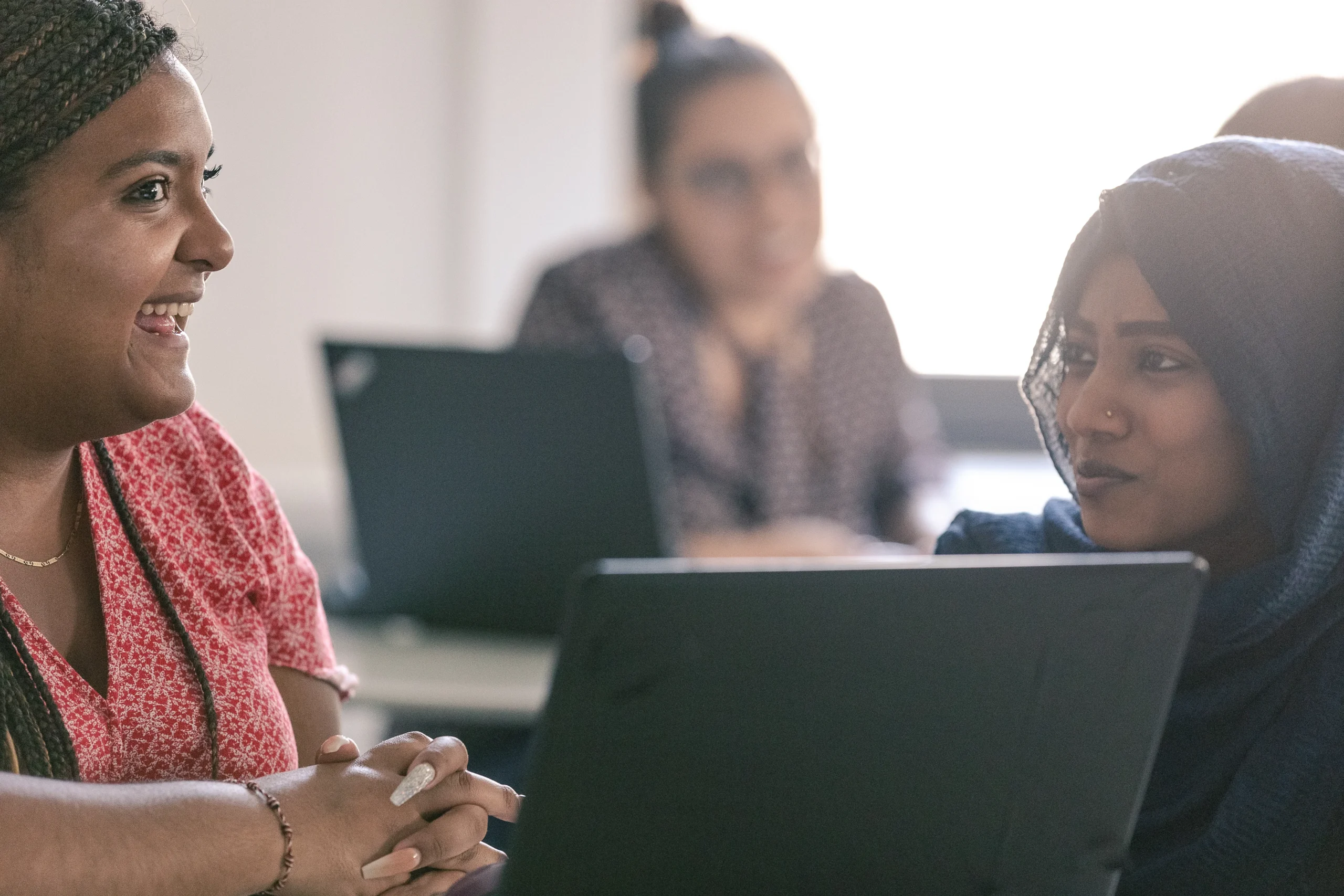
We are committed to achieving high-quality outcomes and rely on quantitative methods and tools to guide us in setting and reaching our goals. We pursue ambitious goals, hold ourselves to high standards, make data-informed decisions, and orient to long-term success for our students and our organization.
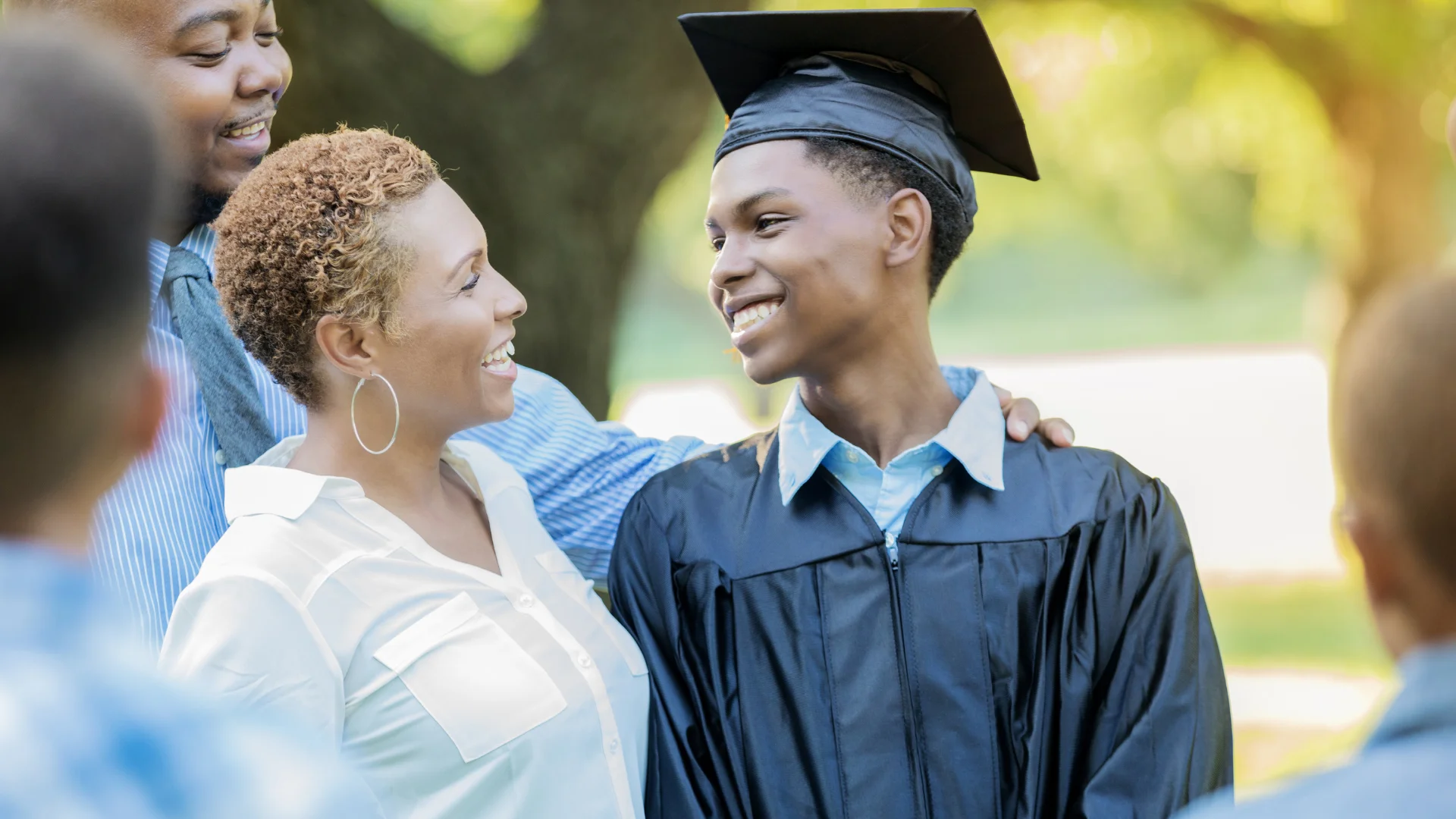
We operate with curiosity, evolve thoughtfully, take informed risks, and learn from successes, setbacks, and each other. We understand that transformation for our students, our programs, and ourselves is only possible when we are intimately aware of our strengths, challenges, and opportunities for growth.
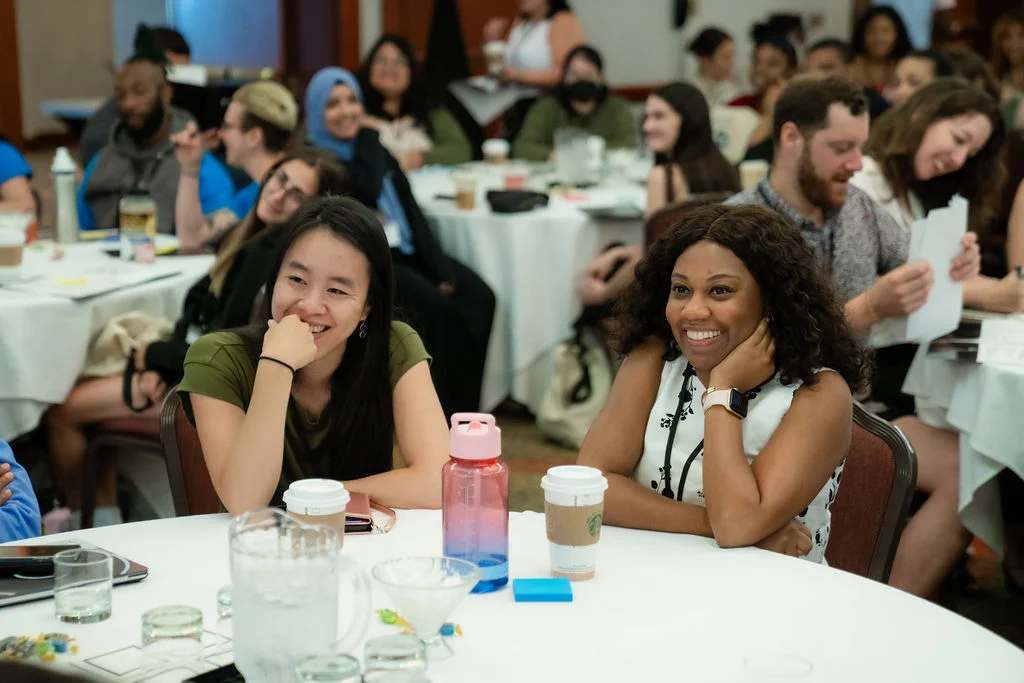
Become a Relentless Ally today!
Your donation provides personalized, timely support that students use to persist through college, graduate, and go far in life!
